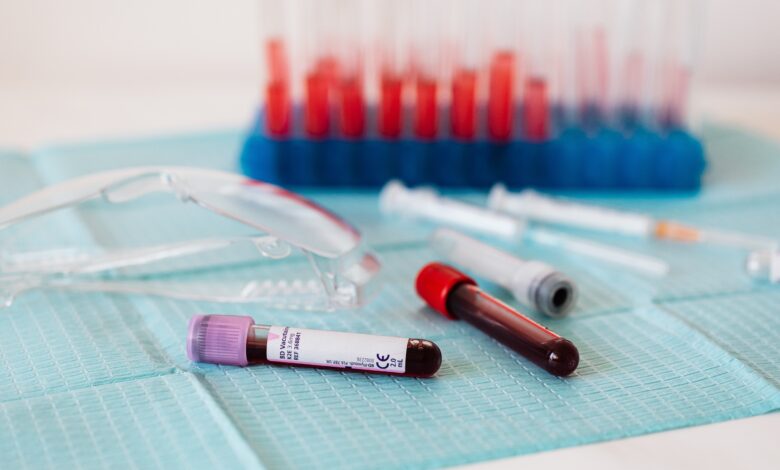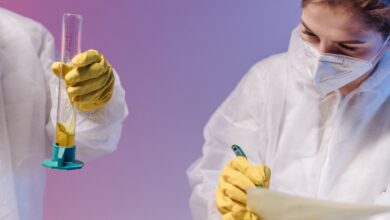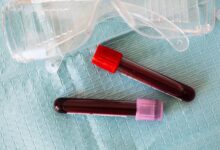Creatinine Analysis: High, Low, When Should You Worry?

The analysis of creatinine is carried out to ensure muscle functioning, the latter being the result of a process of degradation in the muscles. The creatinine assay, on the other hand, is used to measure the activity of the kidneys and diagnose a possible alteration in kidney function. Thus, the greater the muscle density, the higher the dosage of creatinine will also be.
We speak of creatininemia when the assay is carried out in the blood and of creatinineuria when it is carried out in the urine.
What results to expect from a creatinine test? What does it mean to have a low level of creatinine? Or conversely a high level? Here are our different explanations.
What is creatinine?
Creatinine comes from the breakdown of creatine, itself synthesized by the liver and stored in the muscles where it plays an important role in energy production.
The use of creatine by the muscles produces waste products, the most notable being creatinine. This is carried by the blood, filtered by the kidneys and eliminated in the urine. Thus, comparing the level of creatinine in the blood to the quantity of creatinine evacuated by the urine makes it possible to evaluate the activity of our kidneys.
Note that the concentration of creatinine varies according to the muscle mass of a person. Thus, men generally have higher blood creatinine levels than women.
How are blood and urine creatinine tests performed?
How is the creatinine blood test performed?
The blood test consists of a venous blood test, usually at the elbow crease.
It is recommended :
- stop all intense physical activity during the 48 hours preceding the examination, the blood level of creatinine being linked to muscle activity;
- limit your consumption of red meat to less than 200 grams 24 hours before the examination, or even not consume any at all, as it is rich in creatine;
- proscribe any consumption of drinks or diuretic products the day before and the day of the examination.
Your doctor may also ask you to stop taking certain medications before the test.
How is the urine creatinine test done?
Urinary creatinine clearance, which measures the amount of creatinine removed from the blood by the kidneys, is estimated from the total urine volume produced in 24 hours.
To do this, the urine is collected in a single container provided for this purpose that will be provided to you by the medical staff. Urine should be stored in the refrigerator.
What results to expect from a creatinine test?
The normal concentration of creatinine in the blood is between 6 and 12 mg/l (milligrams per liter) in men and between 4 and 10 mg/l in women. These values may vary depending on the sources.
A normal calculation of urinary creatinine clearance is between 107 and 139 ml/min (milliliters per minute) in men under 40, and between 87 and 107 ml/min in women under 40. .
High creatinine
A high concentration of creatinine in the blood can be a sign of:
- impairment of kidney function, such as kidney failure;
- the presence of a kidney stone;
- ischemia, in this case an insufficient supply of blood to the kidney;
- an infection ;
- chronic kidney disease;
- kidney cancer in the most serious cases;
- heart failure;
- physical exhaustion;
- dehydration;
- muscle injury;
- or even more rarely, rhabdomyolysis, ie destruction of striated muscle tissue.
A high concentration of creatinine in the blood is associated with low urinary clearance. This is why the causes of low urinary creatinine clearance are the same as those mentioned above.
Low creatinine:
A low level of creatinine in the blood can be a sign of:
- low muscle mass caused by muscular dysrophy or simply age-related;
- liver damage;
- or a pregnancy.
Also, a high creatinine clearance may be a sign of carbon monoxide poisoning or hypothyroidism.
- bridge
- Allergies (overview)
- Achluophobia : all about the fear of the dark
- At what age can you do bodybuilding?
- Fatigue in the morning: causes and remedies








